W O M E N ’ S M I X E D - U S E D H O L I S T I C
W E L L N E S S C E N T E R
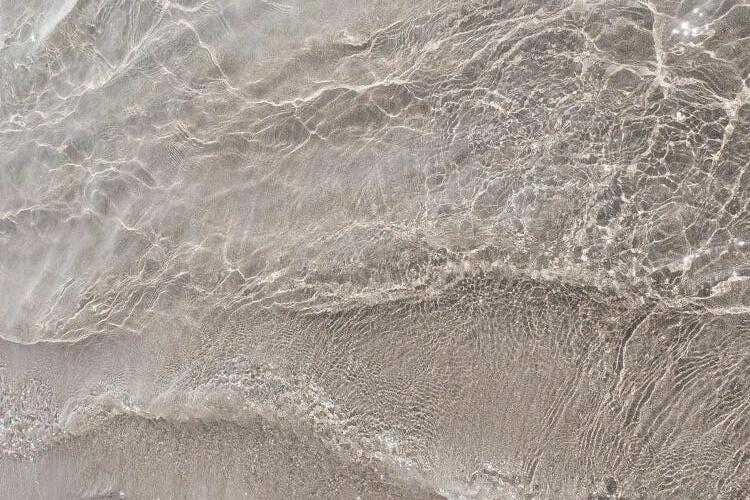
Gonzalez, Nicolas Ramirez, Michelle Rousso, Rotsen Vazquez
IND6639 - Research Methods | Professor Sam Moshaver


W O M E N ’ S M I X E D - U S E D H O L I S T I C
W E L L N E S S C E N T E R

Gonzalez, Nicolas Ramirez, Michelle Rousso, Rotsen Vazquez
IND6639 - Research Methods | Professor Sam Moshaver

What is Domestic Violence?
Domestic Violence is a pattern of abusive behavior used by one person to gain power and control over another in an intimate or family relationship.
It is an experience that anybody can undergo regardless the of the individual or their circumstances in life.

What are the types of domestic violence?


Domestic Violence Fatalities
Each year in the United States, and estimated 10 million people experience some sort of domestic violence, with 85% of the victims being women.

What makes this valuable?
Nearly 1 in 2 women in the US will experience domestic violence once in their lifetime.
Addressing domestic violence is valuable because it breaks the silence of forced victims, and acknowledges their deep trauma.
This also emphasizes the urgent need for help and empowerment to reclaim their lives and independence.

Why does this matter require our attention?
Women who suffer from domestic violence experience long term impacts on mental health, stability and trauma.
These factors overall lead to poor and destructive life choices over time if treatment or help is not provided to the victims.
Not only does this affect women, but it can happen to anybody, at any given time, place, and moment.
DOMESTIC VIOLENCE FATALITIES ARE WOMEN 75% 25%

OF FEMALE HOMICIDE VICTIMS ARE CAUSED BY THEIR SIGNIFICANT OTHER
N A D D R E S S E D I S S U E S

Often recognized as an abuse symptom but is not explored in depth as a longterm barrier to recovery. Studies tend to focus on immediate safety rather the the long-term recovery and effect

While emotional harm is acknowledged, little attention is given how persistent feelings of worthlessness, hopelessness, and guilt limit the ability to engage in healing.

Victims frequently struggle with empowerment or the ability to seek for help and resources. Over time, they feel trapped, powerless, and resigned to the abuse.

Overview
Dr. Stephen Porges explains that Polyvagal Theory illuminates how the human autonomous nervous system underlies symptoms of PTSD, while offering a roadmap for healing and strengthening our social-safety system through specific branches of the vagus nerve (known for ventral social engagement, and dorsal immobilization.)
By cultivating self-compassion and somatic awareness, individuals deliberately engage their social nervous system to override traumatic defense reactions and progress towards a genuine sense of safety and presence.

Polyvagal Theory Chart for Trauma Response
3 P O L Y V A G A L T H E O R Y A N D H E A L I N G C O M P L E X
Victims often live in a constant “survival” state of mind and experience hypervigilance, shutdown, or disassociation, in which the inflicted trauma disrupts the body’s ability to feel.
1.Helps explain why victims feel unsafe even after abuse ends.
2.Shows trauma responses are biological, not personal weakness.
3.Provides insight as to why victims believe it is safer to stay than leave.
Takeaway
By retraining the nervous system toward safety and connection, victims move from fear to resilience, empowerment, and healing
Shutdown / Collapse
Immobility - Death - Feigning - Energy conservation
Disassociation, Suicidal, Shameful, Hopeless, Trapped
Freeze
Combination of Dorsal Vagal / Sympathetic
Overwhelmed, Procrastination, Competing Impulses
1 2
Fight or Flight Decision Making
Immobility - Death - Feigning - Energy conservation
Movement towards: Anger, Rage, Frustration, Irritated
Movement away: Panic, Fear, Anxiety, Worry
State of Alertness
Orientation to perceived threat
Social Engagement
Connected Safety, Environment - Oriented
Compassion, Calmness, Settled, Grounded, Present
Self Compassion: reduce shame, honor survival response.
Somatic Awareness: Noticing breath, heartbeat, body signals.
Regulation Tools: Breathing, mindful movement, supportive relationships.
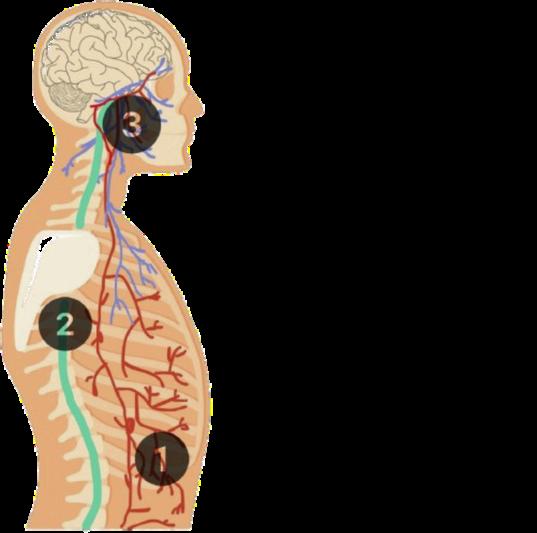
Cognitive Behavioral Theory Diagram
The actions or responses a person shows by thoughts and emotions.
Ideas, Beliefs, or Interpretations formed about ourselves or others
The emotional experiences that arise from how we think and perceive
O G N I T I V E B E H A V I O R A
Overview
A psychological framework that explains how a person’s thoughts, feelings, and behaviors are interconnected.
T H E O R Y ( C B T ) Affects Frontal Lobe
It suggests that negative or distorted thinking patterns can lead to harmful emotions and behaviors, but by identifying and reframing these thoughts, individuals can change how they feel and act.
CBT is widely used in therapy to treat issues like anxiety, depression, stress and trauma by teaching coping skills, problem-solving strategies and healthier ways of thinking.
Victims tend to subconsciously adopt negative behavioral patterns, extending to mental health disorders, cognitive distortions and behavioral issues, making their daily lives more challenging.
CBT aims to break this cycle of distorted thoughts that lead to unhelpful behaviors
Cognitive Reframing: Helps replace harmful and distorted thoughts with healthier perspectives.
Emotional Regulation: Provides tools to manage overwhelming feelings and reaction to trigger.
Problem-Solving Skills: Restore confidence and a sense of daily life control.
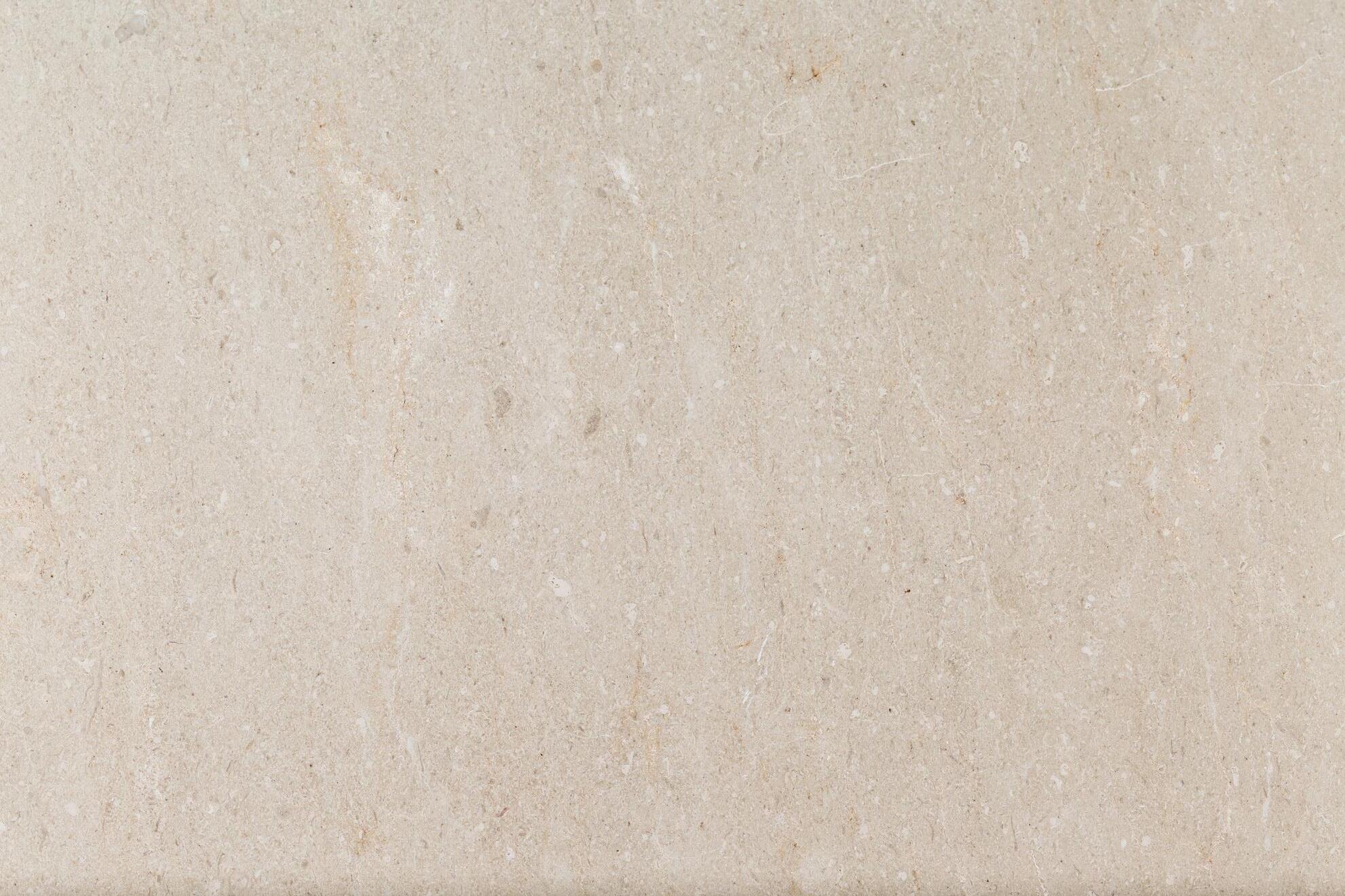
Shows how external stimuli in the environment affects our feelings and influences our judgement.
Provides practical coping strategies that reduce reliance on harmful decisions or medication.
Empowers individuals, especially victims, to regain control and improve mental well-being throught healthier thinking patters.

A M R I T O C E A N R E S O R T
Case Study - Project 2
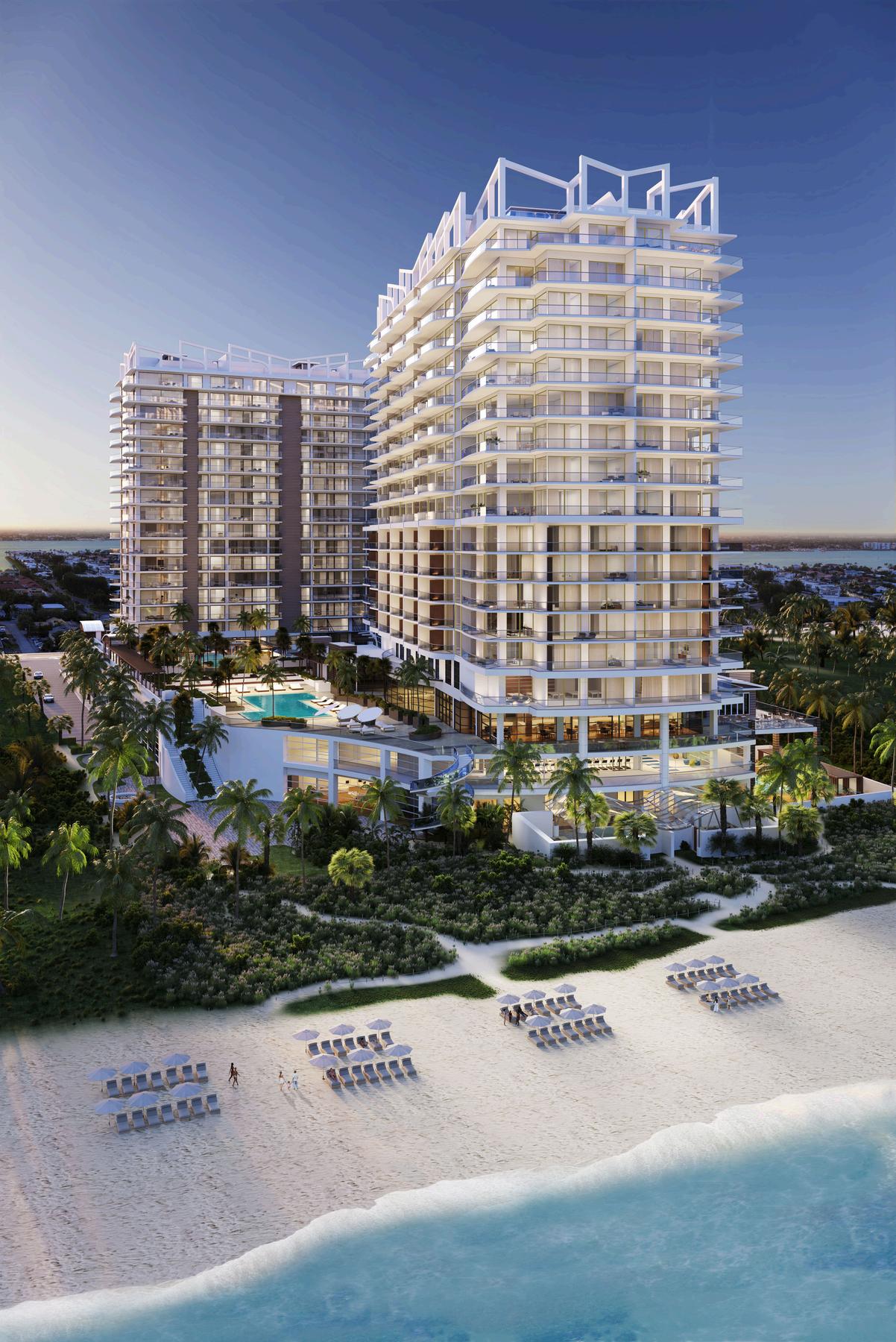

refers to “immortality” and refers to the nectar of the gods that grands eternal life
Location: Riviera Beach - 3100 N Ocean Dr, Singer Island, FL 33404
Mission: Guided by "Five Pillars of Wellness"—Mindfulness, Nutrition, Fitness, Relaxation, and Sleep.
Designers: S&E Architects (Architecture), Bilkey Llinas Design (Interiors)
Key Features:
19-story "Peace" and 18-story "Happiness" towers.
103,000 sq. ft. Aayush Hydrothermal Spa.
Seamless integration of hotel, residences, and wellness programs.
M I X E
U S
H O L I S T I C H O S P I T A L I T Y
A new model that integrates lodging, residential, and community spaces with a central focus on health and wellness.


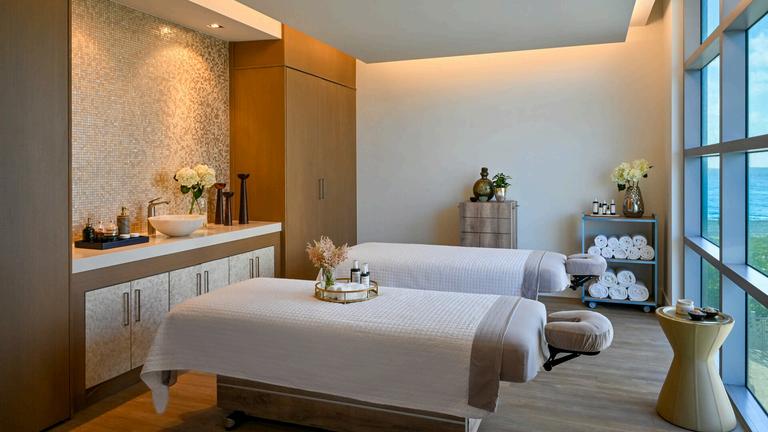

Core Principles:
Holistic Well-Being: Promotes physical, mental, and emotional health through design and programming.
Multi-Use Integration: Blends hotel and residential functions to create a self-contained, vibrant ecosystem.
Sustainability: Incorporates green building practices to minimize environmental impact and enhance occupant health.
The need for change

Problem:
Current support for domestic violence victims focuses on healing the user with medication and there is lack of facilities that focus on the actual holistic well-being of the users.
The Gap: There is a critical need for a new design that supports a sustained and holistic recovery process, addressing both physical and psychological trauma.
Our Solution: A specialized mixed-use retreat that provides a safe, nurturing, and empowering environment.
Our motivation is to use interior design as an solution of social change and healing.
We believe that a well-designed environment can directly contribute to emotional and psychological well-being.
This project aims to create a dignified and beautiful space where victims can relive their lives in confidence and peace.
The goal is to provide a holistic sanctuary that moves beyond intervention to foster reclamation of self and empowerment.

The Amrit Spa represents a noteworthy building typology as it combines hospitality, wellness, and holistic healing within one integrated environment.
Its design emphasizes mind-body wellness and alternative approaches to healing, moving beyond traditional hospitality to create a transformative retreat experience.
The project aligns closely with our thesis focus, showcasing how design can foster physical, emotional, and spiritual well-being.
Located in Riviera Beach, Florida, Amrit Spa is one of the few U.S. wellness resorts designed with a comprehensive holistic philosophy, inspired by Eastern practices and modern wellness trends.
It demonstrates how mixed-use wellness design can successfully blend luxury, community, and restorative spaces in one environment.
This case study provides valuable insights into how programming, spatial layout, and design features can support healing, which directly informs the development of our mixed-use holistic retreat for survivors of domestic violence.
Established in 1922, Riviera Beach is a coastal city that attracted settlers due to its natural resources and maritime activity.
The name “riviera” was inspired by the French and Italian rivieras, to emphasize its coastal beauty and tourism potential. it served as a strategic location for naval installations during WWII.
Riviera Beach has a strong legacy as one of South Florida’s historically African American communities, with roots in migration patterns of the early to mid-20th century.
This has shaped the city’s cultural identity, civic leadership, and contributions to the regional character of Palm Beach County.
The city has consistently worked toward revitalization, emphasizing waterfront access, public parks, and neighborhood resilience.
Riviera Beach is unique for its direct access to the Atlantic Ocean, Singer Island beaches and its role as home to the Port of Palm Beach, one of Florida’s busiest container ports.
The city also borders the Intracoastal Waterway, making it a hub for boating, fishing, and tourism.



Owner / Developer: WRS Development, LLC (Dilip Barot)
Management: Highgate Hotels
Design & Architecture: S&E Architects, Bilkey
Llinas Design
Brand / Affiliation: Preferred Hotels & Resorts
L.V.X.

Wellness Staff: Spa, fitness, dietary, and holistic health teams

Resort Guests: short-term visitors using rooms, spa, and wellness facilities.
Residential Owners / Residents: permanent or semi-permanent occupants using resort amenities
Wellness Participants / Members: day users of spa, fitness, and retreat programs
Event / Meeting Attendees: weddings, corporate retreats, and other hosted events

Local Community & Businesses: benefit from jobs, tourism, and economic activity.
Suppliers & Service Providers: food, wellness products, maintenance, landscaping.
Regulatory Agencies & Investors: local government, zoning boards, financial backers.
Tourists & Potential Homebuyers: influenced by resort presence, regional appeal, and property market
The Amrit Ocean Resort illustrates how mixed-use holistic hospitality can integrate wellness, residential, and community functions into a unified environment. Its focus on the Five Pillars of Wellness, sustainable practices, and restorative programming shows how design can nurture physical, emotional, and psychological health.
Overall, this case study informs our typology by demonstrating the significance of spatial layout, wellness integration, and holistic programming is applied to create a sanctuary for domestic violence survivors, spreading awareness on the emphasis of dignity, long-term healing, and empowerment to the individual.
The selected site for our case study provides a transformative model of wellness-centered design extending beyond luxury hospitality. It informs on solutions for healing and social change by uniting architecture, interior design, and programming, to create a safe and empowering environment..
Holistic philosophy, regional influence, and integration of multiple user groups proves how design serves as both a catalyst for personal healing and a driver of community revitalization. For our thesis focus, Amrit serves as a compelling, precedent, demonstrating that spaces can act as sanctuaries beyond intervention and lasting transformation.


https://www.forbestravelguide.com/spas/palm-beach-florida/amrit-ocean-spa# https://teneohg.com/member-hotel/amrit-ocean-resort/
https://www.amritocean.com/wellness-spa/spa/
https://drarielleschwartz.com/the-polyvagal-theory-and-healing-complex-ptsd-dr-arielleschwartz/ https://us.sagepub.com/sites/default/files/upm-binaries/40689 2.pdf
https://beckinstitute.org/about/understanding-cbt/ https://www.apa.org/ptsd-guideline/patients-and-families/cognitive-behavioral https://www.rivierabch.com/government/development/economic/history
https://education.pbchistory.org/pbc community/riviera-and-riviera-beach/ https://datausa.io/profile/geo/riviera-beach-fl
https://worldpopulationreview.com/us-cities/florida/riviera-beach
https://statisticalatlas.com/neighborhood/Florida/Riviera-Beach/Singer-Island/Race-andEthnicity
https://themovementparadigm.com/how-to-map-your-own-nervous-sytem-the-polyvagaltheory/